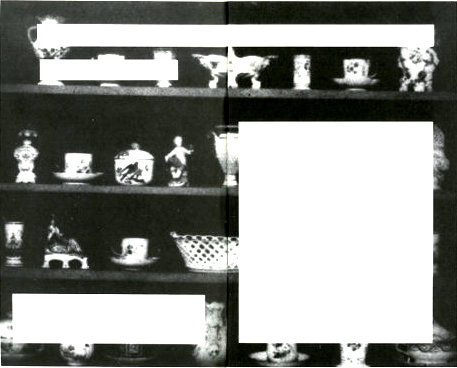
The Atomic Fingerprint:
Neutron Activation Analysis
by
Bernard Keisch
CONTENTS
- INTRODUCTION 4
- WHAT IS NEUTRON ACTIVATION ANALYSIS? 5
- THE SENSITIVITY OF NEUTRON ACTIVATION ANALYSIS 10
- HOW AND WHERE TO USE IT 19
- In a Physics Laboratory 19
- In a Hospital 28
- In a Plastics Plant 32
- In a Museum 35
- In a Criminology Laboratory 42
- SUMMING UP: WHAT LIES AHEAD 46
- APPENDIX 49
- READING LIST 52
- MOTION PICTURES 54
U. S. Energy Research and Development Administration
Office of Public Affairs
Washington, D.C. 20545
Library of Congress Catalog Card Number: 79-182556
1972

The U. S. Energy Research and Development Administrationpublishes a series of booklets for the general public.
Please write to the following address for a title list or forinformation on a specific subject:
USERDA—Technical Information Center
P. O. Box 62
Oak Ridge, Tennessee 37830

A 19th century photograph restored by neutron activation. Thispicture, which is in the collection of the Smithsonian Institution, wasexposed to neutrons in a nuclear reactor and then placed in contactwith modern photographic film. The original, which had been taken byWilliam Henry Fox Talbot who began his career in 1834, is badly faded.
INTRODUCTION
You are a physicist investigating the properties ofsemiconductors, which are materials used to make transistors.The electrical properties of one specimen are not quite likethe others that you’ve studied. What makes this specimendifferent?
OR
You are a physician treating a patient who, because of asevere calcium deficiency, has been suffering from osteoporosis(a softening of the bones). Are you on the right trackwith your treatment?
OR
You are an analytical chemist working for a plasticsmanufacturer. You have been asked by the plant superintendentto determine why some of the plastic coming from theplant has been discolored.
OR
You are a curator working with the ancient coincollection in a large museum. A donor has just given themuseum a group of 50 gold coins presumably a